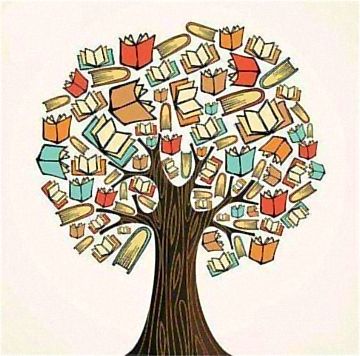The Short Story: I write short stories because that’s how stories come to me: vivid, brimming with life, but short. I’ll be frying an egg or replanting a philodendron or washing a window and voila—a scene or story pops full-blown into my head, complete with backdrop, character, dialog, bit players, and a bit of arc. All it’s lacking is a theme song. Right away I envision a situation or event that focuses on an impactful moment, emotion, or theme. It’s like receiving manna from heaven.
But here’s the rub: In order to keep this manna, I have to turn off the stove or abandon the plant and leap for the nearest steno pad. If I can scribble fast enough to capture at least 300 words, I’m good and the story gem is safe. I can then return to the stove or to the plant, secure in the knowledge that I can successfully complete the story later on.
What doesn’t work is receiving this bombshell and saying to myself, Holy cow, that’s a great story idea. I love it. It’s so vivid in my mind that I’ll remember it, I will, I know I will. I absolutely cannot stop what I’m doing this moment, but this gem I won’t forget—it’s too good, it’s too real, it’s totally unforgettable…
Yeah, right. If I don’t write it down, I WILL forget it, doesn’t matter how vivid it felt at the time it came to me. In my case, it doesn’t matter whether the inspiration comes at noon or midnight. If a story comes to me and I don’t commit the scene and characters to paper right then, it’s a goner. My Muse is not only fickle, she’s a tough taskmaster. It’s her way or the highway.
Over the last twenty-five years I’ve written a lot short stories, from Flash to Novelette. Each came to me like a bolt of lightning zapped from a busy cloud to my brain. One minute I’m torn between balancing my checkbook or scanning the TV Guide, and the next moment my mind’s invaded by a band of characters with a host of dreams and goals. It’s pretty cool, but that’s only half of this story.
The Long Story: So how does this inspiration-thing of mine work with novel-length stories? It doesn’t. In the same twenty-five years I’ve never been able to pad, expand, or stretch one of my stories into a whole novel—not even a good-sized novella. It just doesn’t work for me. Or, put another way, I can’t make it work. I’ve tried NaNoWriMo too, but I could only succeed if I wrote a string of related short stories—and that’s not exactly the goal.
No matter what I do, I’m stuck with a whole lot of short stories. Yes, I’ve won writing contests with some of them and I’ve published some, but submitting short stories takes a lot of research, outreach, bookkeeping, and time. Since I’m retirement age, I need a faster way to get my stories published and sold.
My Solution: I found a solution in a UDEMY course titled: How to Succeed with Kindle Short Reads. The New Zealand teacher of this course demonstrates how to market stories for the Coffee Break Reader or the Daily Commute Reader: the reader who wants to read a story in 30 to 60 minutes. And a great way to do this is to write at least half a dozen good short stories with the same theme, genre, or main characters. You can sell these as separate stories, or as a bundle of stories, or both—and this plan works in other digital markets too, not just Kindle.
Now I have a plan. If my Muse only gives me short stories, sometimes really short stories, then instead of trying to turn them into something they’re not, I’ll market them as they are: Short Reads. And instead of the slow story + market one-at-a-time plan, I’ll write and sell them as bundles of similar stories for the digital reader. We’ll see how it goes…


Good luck in this next stage of your writing career, Ann. Looking forward to hearing about how it goes!
Thank you, Rachel.
🙂